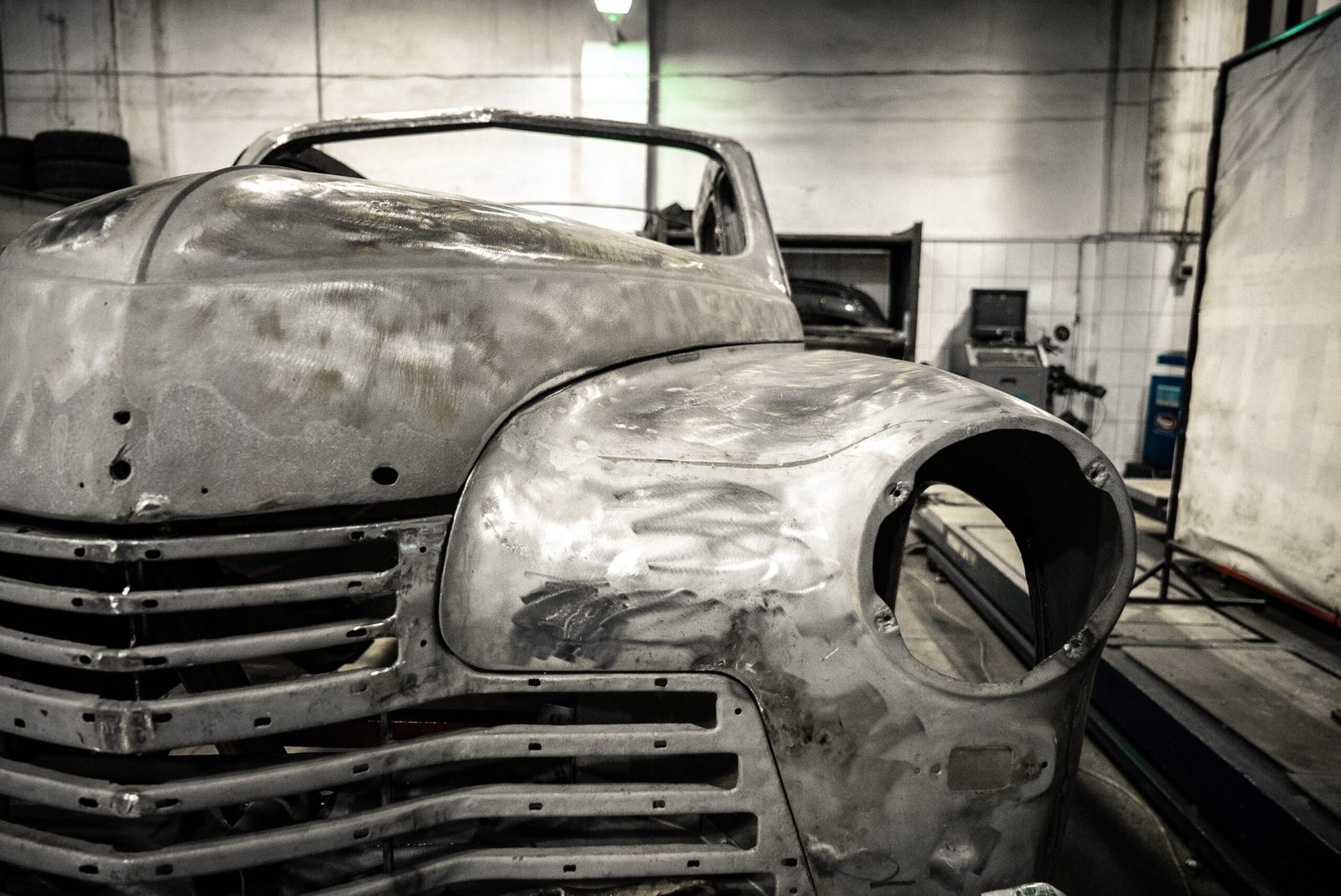
A Guide to Swapping a Coyote Engine in Your Car
Introduction
Swapping an engine in a car can be an exciting project for automotive enthusiasts. If you’re considering upgrading your car’s performance, one popular option is to swap in a Coyote engine. The Coyote engine, developed by Ford, is known for its power and reliability. In this guide, we will walk you through the process of swapping a Coyote engine into your car.
Step 1: Research and Planning
Before diving into the engine swap, it’s important to do thorough research and planning. Start by identifying the compatibility of a Coyote engine with your car’s make and model. Look for online forums, enthusiast groups, or seek advice from professionals who have experience with engine swaps. This step is crucial to ensure that the Coyote engine is a suitable choice for your car.
Step 2: Gather the Necessary Tools and Parts
Once you have determined that a Coyote engine is compatible with your car, the next step is to gather the necessary tools and parts. Some of the essential tools you will need include a socket set, wrenches, engine hoist, engine stand, and a torque wrench. As for the parts, you will require the Coyote engine itself, along with the appropriate wiring harness, ECU, and any additional components specific to your car’s make and model.
Step 3: Prepare Your Workspace
Before starting the engine swap, it’s essential to prepare your workspace. Ensure you have a clean and well-lit area with enough space to work comfortably. It’s also advisable to have a service manual or online resources readily available for reference throughout the process. Taking the time to organize your tools and parts will make the swap more efficient and minimize the chances of misplacing anything.
Step 4: Remove the Old Engine
Now it’s time to remove the old engine from your car. Begin by disconnecting the battery and draining any fluids from the engine. Carefully disconnect all wiring harnesses, hoses, and connections. Use an engine hoist to lift the engine out of the car, ensuring it is properly supported. Take your time and label or document each step to make the reinstallation process easier later on.
Step 5: Install the Coyote Engine
With the old engine removed, it’s time to install the Coyote engine. Begin by mounting the Coyote engine onto an engine stand for easier access. Ensure all connections, such as the wiring harness and hoses, are properly attached. Follow the manufacturer’s instructions for torque specifications and tightening sequences. Take extra care when reconnecting the wiring harness and double-check all connections before proceeding.
Step 6: Test and Adjust
Once the Coyote engine is installed, it’s crucial to test and adjust everything before starting your car. Check all fluid levels, including oil, coolant, and transmission fluid. Verify that all electrical connections are secure and properly connected. Before starting the engine, it’s advisable to have a professional or experienced mechanic review your work to ensure everything is in order.
Step 7: Start Your Engine and Enjoy!
Finally, it’s time to start your car’s new Coyote engine! Turn the ignition key and listen for any unusual noises or vibrations. Let the engine idle for a few minutes and monitor the gauges for any irregularities. Take your car for a test drive and pay attention to how it performs. If everything is running smoothly, congratulations! You’ve successfully swapped a Coyote engine into your car.
Conclusion
Swapping a Coyote engine into your car can be a rewarding project for automotive enthusiasts. However, it’s important to approach the process with careful planning and research. By following the steps outlined in this guide, you can successfully complete the engine swap and enjoy the enhanced performance of your car with a Coyote engine.




